The sense of hearing is very important, in our body, and today I would like to share with you this news so full of hope: "Spanish and French scientists have identified the cells that set in motion the development of the nervous system of the inner ear”.The Spanish scientists are from the Pompeu Fabra University (UPF) and the french scientists are from the Toulouse University.
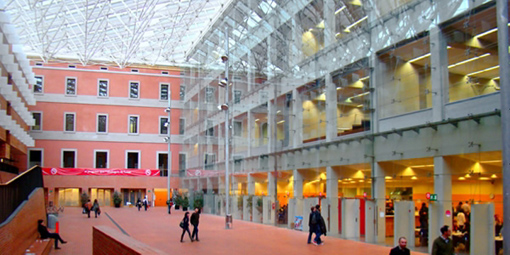
The Pompeu Fabra University (Barcelona)

The Toulouse University
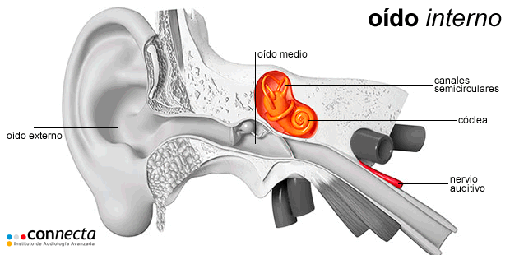
The inner ear
The finding, published by the “eLife” magazine, shows that the pioneer neurons are outside the inner ear and, once activated, they migrate to this tissue, to induce the formation of more neurons, in the inner ear.
The inner ear is the organ responsible for the senses of hearing and balance, and it is formed by a series of cavities, filled with fluid. The sounds and movements of the head cause the fluid inside the cavities to move and activate the sensory neurons, which send the information to the brain, so that if these cells are damaged, they can cause diseases like deafness or vertigo.
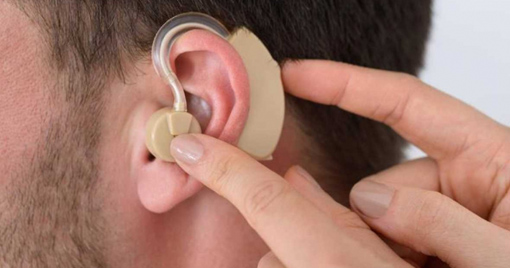
Deafness
Until now, scientists believed that all neurons, in the inner ear, were developed within an area of the embryo, known as inner ear epithelium and that the cells, in this region, would activate the neurog1 gene, which would trigger a series of changes, that would turn them into neurons of the inner ear.
However, thanks to the use of new microscopy techniques in zebrafish embryos, the team led by Berta Alsina, a researcher who heads the Morphogenesis and Signaling Systems Laboratory of the UPF, has discovered that this process begins earlier, with the arrival of external cells to the epithelium.

Berta Alsina
Despite not having external ears, the zebra fish have, inside the cranium, an inner ear that gives them the sense of balance and hearing, and it is very similar to the ear of humans. In addition, zebrafish embryos are transparent, making it possible to directly visualize the activation of genes and cell motions.
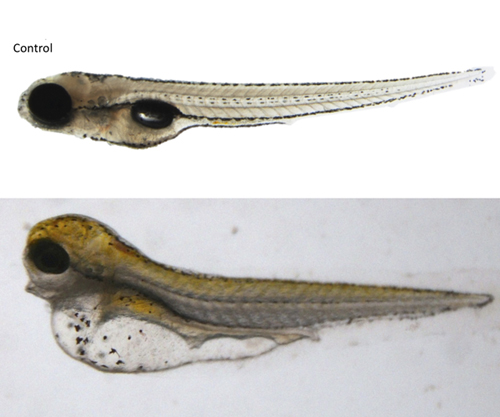
Zebrafish embryos
Using images of zebrafish embryos, in real time --what the scientific community calls “4D imaging”--, the scientists show that the first cells, that activate the neurog1 gene, do it outside the inner ear and then migrate to the inner ear epithelium and cause activation of neurog1 to the new neighboring cells.
"A substance called Fibroblast Growth Factor (FGF) is responsible for telling the inner ear epithelium to let pioneer neurons enter, thus controlling the final number of neurons, in the inner ear", said Alsina's laboratory researcher, Esteban Hoijman.
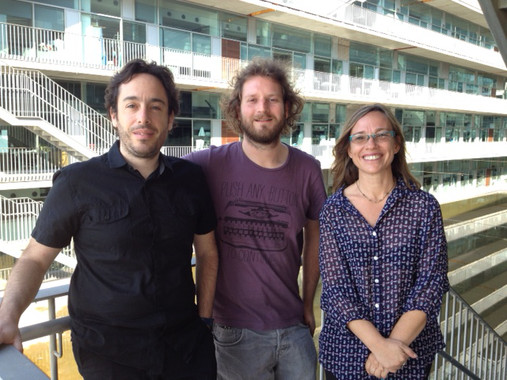
On the left side: Esteban Hoijman. On the right side: Berta Alsina.
"We have identified a new group of cells, that act as pioneers of the neurogenesis of the ear", said Hoijman, who has detailed that "these cells have two essential functions: they constitute the first specialised cells of the epithelium and promote the specialization of cells, resident in the inner ear ".
The work, led by Alsina, reveals how the coordinated activation of genes and the movement of cells give rise to neurons of the inner ear, which provides an insight into the mechanisms, that form other types of sensory tissue, such as the visual or the olfactory. According to Alsina, this discovery may be useful for designing new therapies related to neuropathies, such as deafness.
Well, I hope that you have liked this news, such as I have.
Until my next post, kind regards,
Luis.
Sponsored by Costaluz Lawyers.
Please click below:
